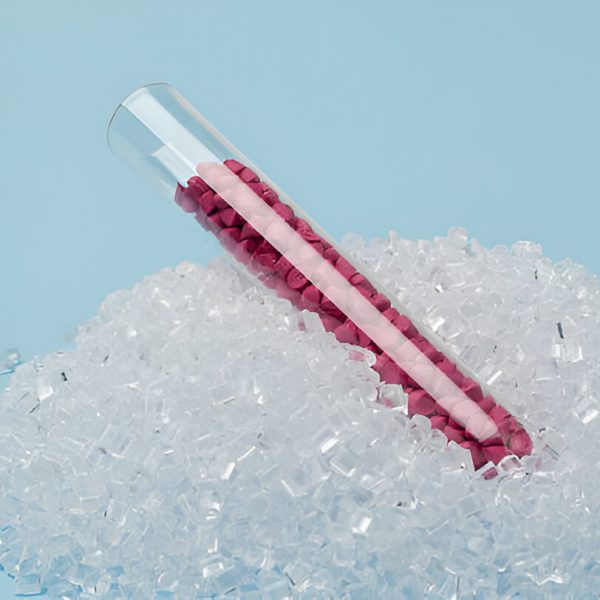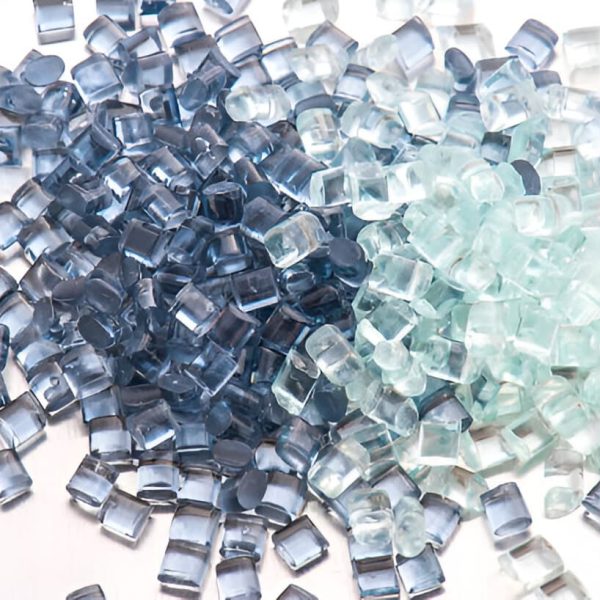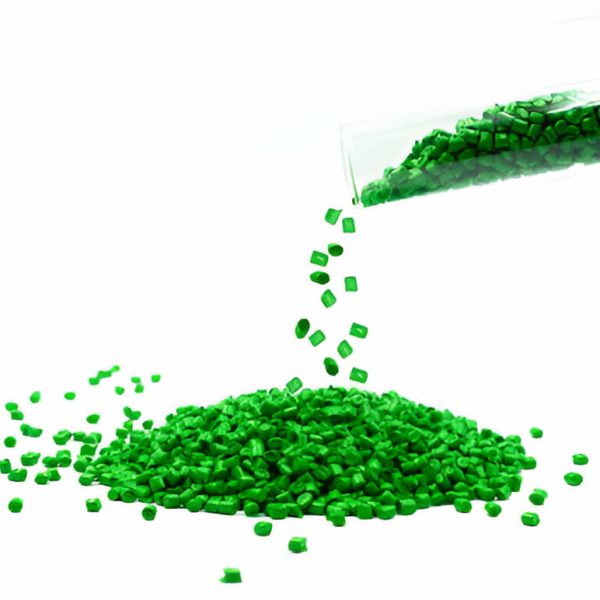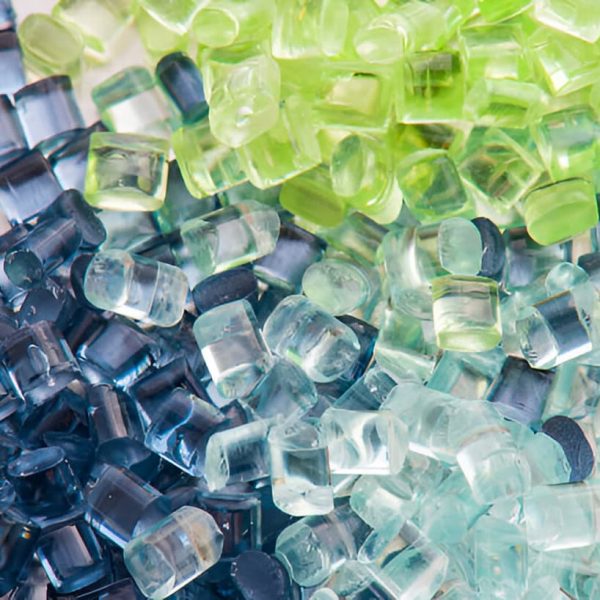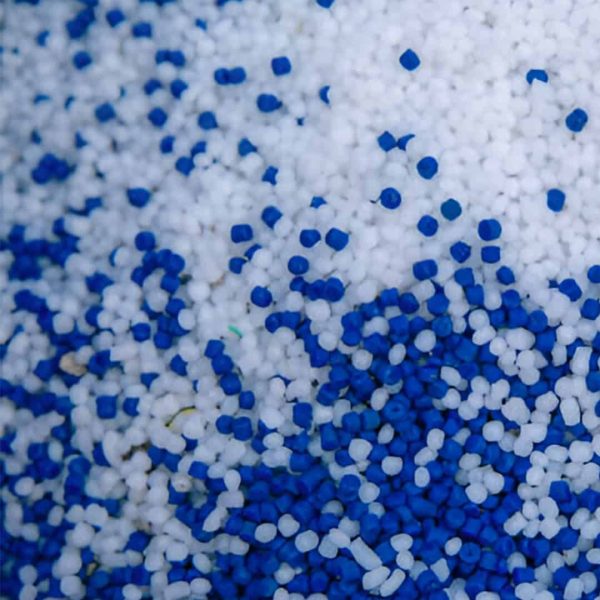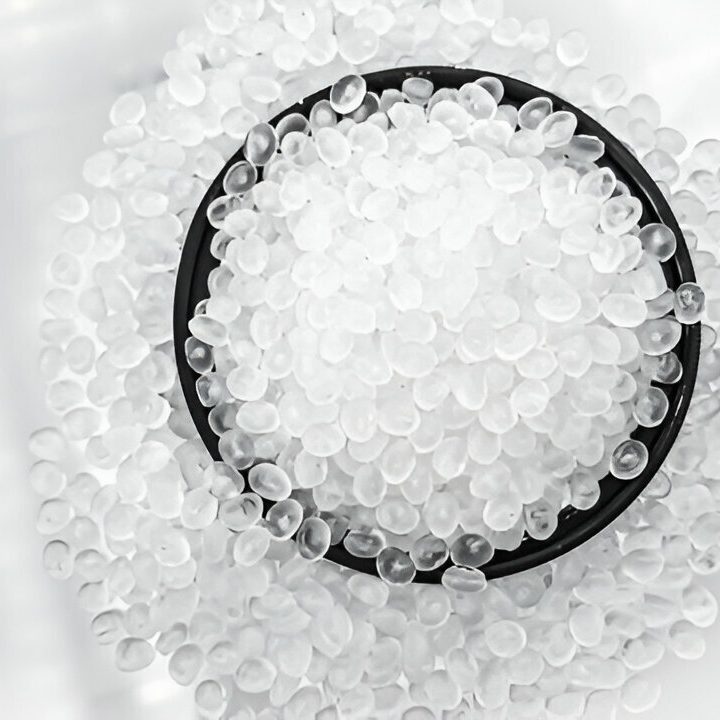Linear Low-Density Polyethylene (LLDPE) is recognized as one of the most widely used polymers in packaging industries. Among these, the Linear Low-Density Polyethylene 209 grade (LL 0209AA) holds a special position due to its butene-1 copolymer composition and enhancing additives. This material is an ideal choice for diverse applications owing to its superior mechanical properties and compatibility with production processes.
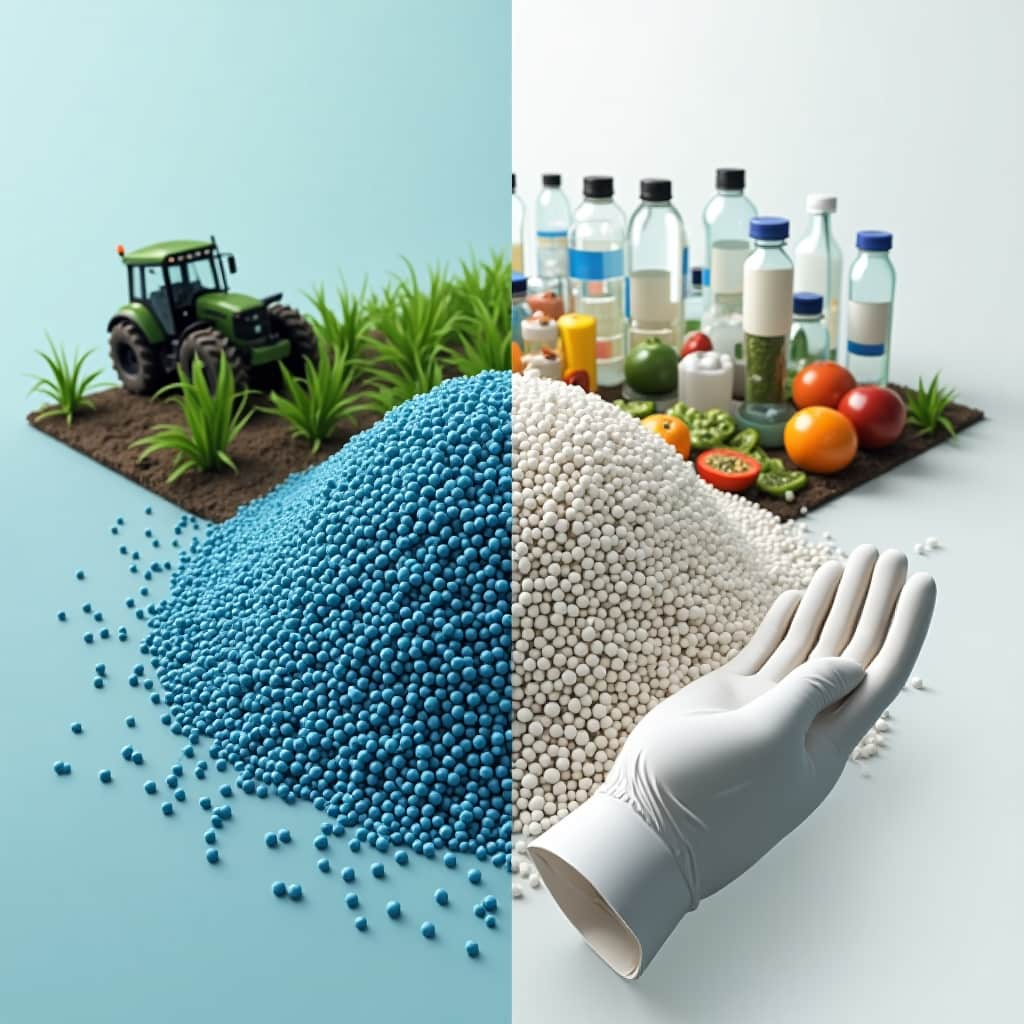
Technical Features
Features
Melt Flow Index (MFI)
Bending modulus
Tensile strength at yield point
Elongation at yield point
Unit
g/10min
%
MPA
MPA
Test Method
ISO 1133
ISO 527
ISO 527
ISO 527
Value
0.9
620/840
10/11
41/32
Applications
- Wide Packaging Films
- Food Packaging
Introduction to Linear Low-Density Polyethylene
Linear Polyethylene LL 0209AA is a copolymer with butene-1 monomer (produced by Shazand Petrochemical) and contains antioxidants Irganox1010 and Irganox168 (produced by Amir Kabir Petrochemical). This composition enhances thermal stability and oxidation resistance. This polymer can be used in pure form or blended with conventional Low-Density Polyethylene (LDPE).
Films produced from this material offer significant advantages over LDPE, including:
– Better sealability
– Higher puncture resistance
– Greater stretchability in production processes
– Improved tensile strength
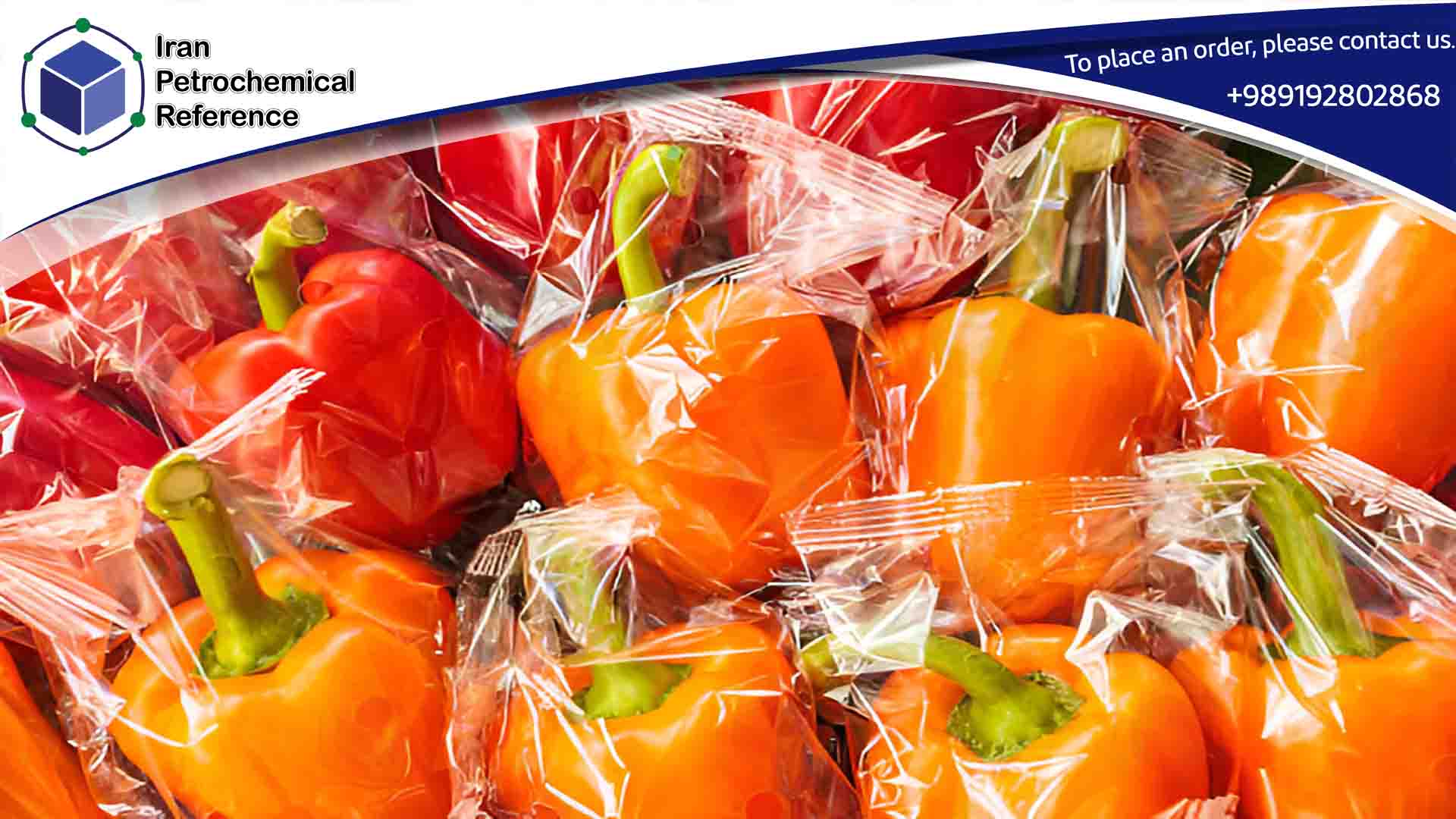
Physical and Mechanical Properties
-
Melt Flow Index (MFI)
The melt flow rate of this polymer at 190°C under a load of 2.16 kg is 0.9 g/10 min (based on ISO 1133 standard). This value indicates a suitable balance between viscosity and processability.
-
Density
The density of LL 0209AA is 920 kilograms per cubic meter (according to ISO 1183), placing it in the category of linear low-density polyethylenes.
-
Tensile Strength
– Tensile strength at yield point (MD/TD): 10/11 megapascals (according to ISO 527).
– Tensile strength at break point (MD/TD): 41/32 megapascals (according to ISO 527).
These values indicate high resistance to mechanical loads.
-
Elongation at Break
The elongation in the machine direction (MD) and transverse direction (TD) is 620% and 840%, respectively, ensuring the flexibility of the film.
-
Tear Resistance
Tear resistance in the machine direction is 145 grams/25 microns and in the transverse direction is 370 grams/25 microns (according to ASTM D1922). This property is critical for applications such as heavy-duty bags.
-
Impact Resistance
The impact resistance in the dart drop test (ASTM D1709) is 130 grams, indicating high durability against sudden impacts.

Applications of Linear Low-Density Polyethylene 209
Linear low-density polyethylene 209 is widely used in the following industries:
– Food packaging (compliant with food contact standards)
– Production of durable bags (such as construction material transport bags)
– Agricultural films (for greenhouse covers and crop protection)
– Stretch films (for pallet wrapping)
– Coating layers (in construction and mining industries)
Production and Storage Process
The recommended melting temperature for extrusion of this polymer is between 180 to 225°C. Additionally, storage in a dry environment at temperatures below 50°C is essential to maintain its properties. Exposure to direct sunlight can lead to degradation of the polymer structure.
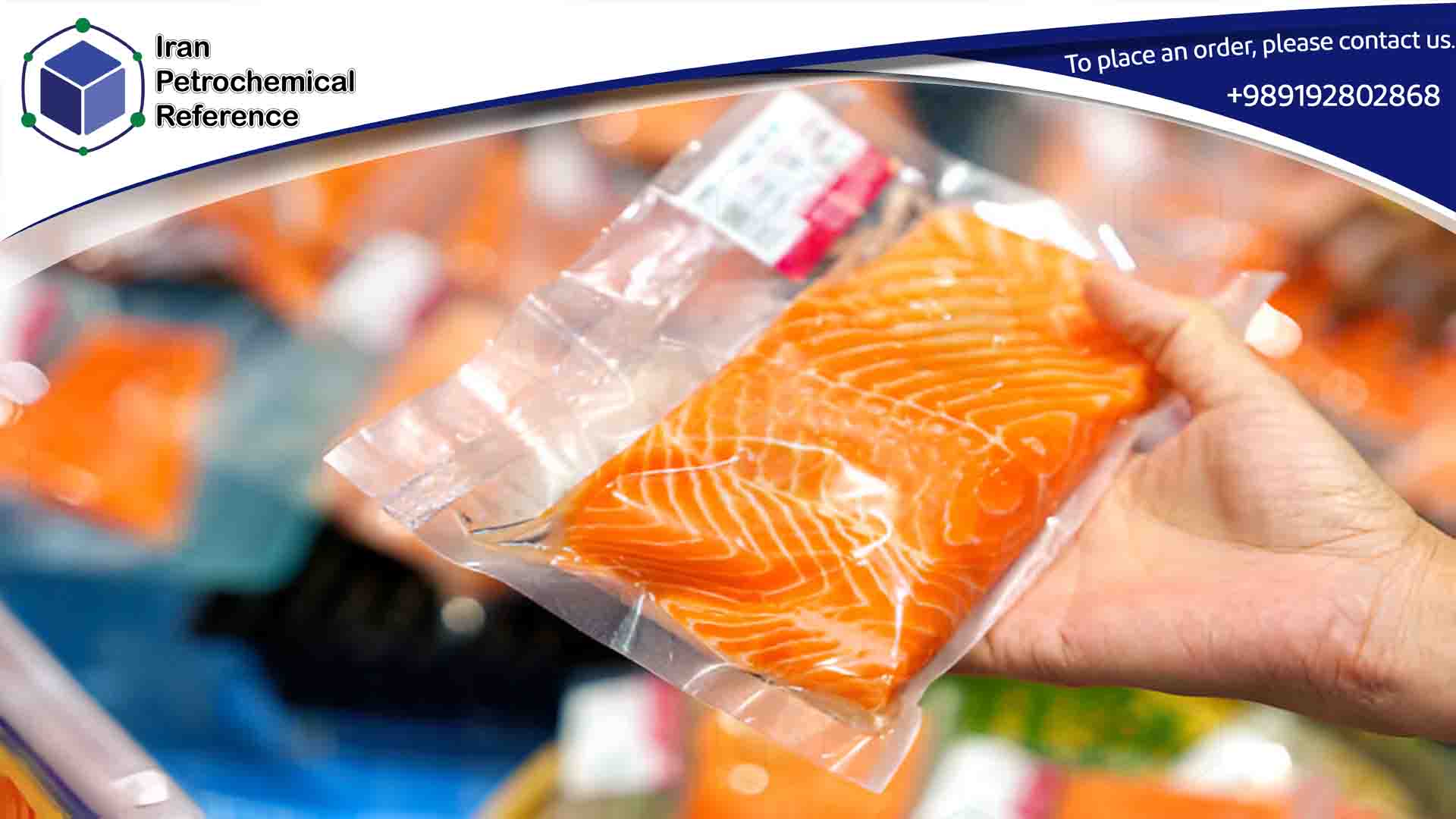
Special Features when Blended with LDPE
When blended with LDPE, the following advantages are observed:
– Better elongation during production
– Reduced weld line buildup
– Higher tear resistance
– Increased strength and flexibility
Comparison with Other Linear Low-Density Polyethylene Grades
Linear low-density polyethylene 190 (LL 0190) and linear polyethylene 220 (LL 0220) are among the competing grades in the market. However, LL 0209AA offers the following advantages due to its butene-1 copolymer composition and advanced antioxidants:
More stable at high temperatures compared to LL 0190 (without property loss during extrusion).
Higher impact resistance (130 grams in dart drop test) compared to LL 0220 (100 grams).
Uniform elongation in machine and transverse directions , unlike some grades that exhibit mechanical non-uniformity.
These features make linear polyethylene 209 the preferred choice for producing thin films with thicknesses below 50 microns.

Specific Applications in Target Industries
۱. Construction Industry
Production of Durable Bags for Building Materials (such as Cement and Plaster), The use of LL 0209AA in the production of durable bags for building materials, with a tear resistance of 370 grams/25μ in the transverse direction, prevents particle scattering.
2. Modern Agriculture:
Films made from this linear polymer, with a thickness of 38 microns and a stretch ratio of 2:1, are the ideal option for greenhouse covers. These films provide an appropriate balance between light penetration and UV protection by absorbing 56% of light (based on the Gloss 45° test).
3. Food Packaging:
The migration level of compounds in LL 0209AA is less than 0.1 ppm, which complies with FDA standards for direct contact with food products.
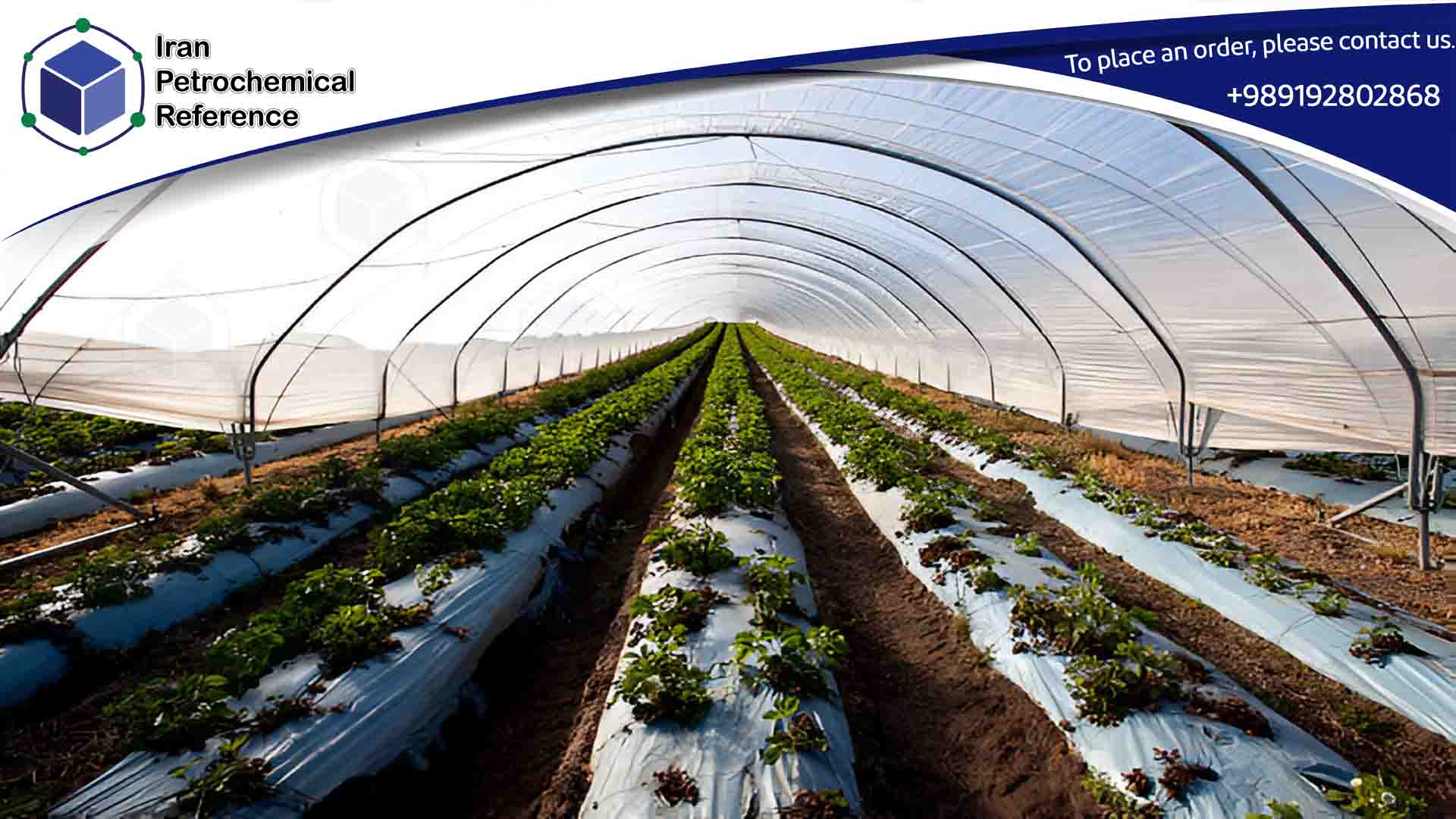
Safety Notes and Standards:
Linear low-density polyethylene LL 0209AA is compatible with food packaging. Additionally, if surface modification is required, the recommended surface energy ranges from 38 to 48 mN/m. The use of additives such as calcium stearate (as an acid neutralizer) can also be considered during the production process.
Conclusion
Linear low-density polyethylene 209, with its unique copolymer composition and stabilizing additives, is the ideal choice for producing strong and flexible packaging films. Improvements in properties such as tensile strength, impact resistance, and sealability have established this material’s position across various industries. By adhering to proper processing and storage conditions, optimal production efficiency can be achieved.
Given the above information and the capabilities of this polymer, Iran Petrochemicals can create distinctive quality products by leveraging their knowledge and experience in polyethylene compounding.
